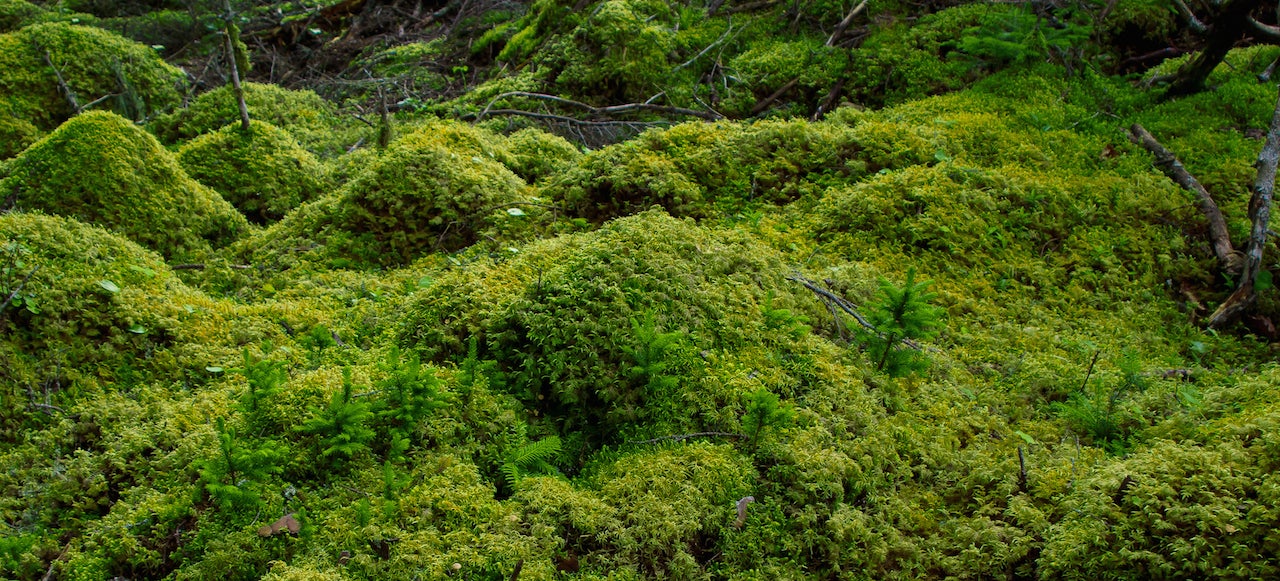Scientists are sure moss can grow everywhere with thousands of known moss species identified from deserts to forests to polar regions the only place they have not found moss is saltwater

Scientists are Sure: Moss Can Grow Everywhere!

Moss, the tiny green plant that blankets rocks, trees, and even the forest floor, seems to have an uncanny ability to thrive in almost any environment. Scientists have identified thousands of moss species worldwide, ranging from deserts to forests, and even polar regions. However, there is one place where they have not found moss: saltwater.

Researchers have extensively studied moss and found that it can adapt to various moisture levels, soil conditions, and sunlight availability. This versatility allows moss to conquer a wide range of habitats, making it a fascinating subject for scientific exploration.
Moss can be found in deserts, where it survives by conserving water during dry periods and quickly absorbing moisture from occasional rainfall or dew. These hardy desert mosses are well-suited to withstand extreme temperatures and rapid drying, offering a glimpse into the remarkable resilience of these small plants.
In contrast, mosses found in lush forests benefit from the shade provided by towering trees. They require higher humidity levels and thrive in the cool, damp environment created by the forest canopy. Even in densely shaded areas, moss can attach itself to tree trunks, branches, and rocks, forming a beautiful carpet of green.
As nature’s pioneers, mosses are often the first plants to colonize bare rock or disturbed soil. Their ability to grow on such challenging surfaces is due to their unique anatomy and reproductive strategies. Mosses reproduce through spores, which are dispersed by wind or water. When these spores land on a suitable substrate, they germinate and begin to grow, helping to initiate the natural succession of plant life in various ecosystems.
Researchers have also discovered mosses thriving in extreme cold environments, including the polar regions. These resilient species are equipped to cope with freezing temperatures and long periods of darkness. In Arctic and Antarctic regions, mosses can be found hugging the ground, surviving beneath layers of snow. Their ability to carry out photosynthesis at extremely low temperatures is a testament to their adaptation skills.
Despite the amazing adaptability of mosses, there is one place they have not yet conquered: saltwater. Mosses require a stable supply of freshwater or moisture to survive, which makes saltwater environments unsuitable for their growth. Saltwater is known to dehydrate mosses rapidly, leading to their eventual demise.
In conclusion, mosses are an incredibly diverse group of plants that can thrive in a multitude of environments, including deserts, forests, and even polar regions. Their ability to colonize and adapt to various conditions showcases their unique survival strategies. Though they have not been found in saltwater, mosses continue to captivate scientists with their resilience and beauty.
Source: Wonderopolis
Related Posts
Quick Links
Legal Stuff

